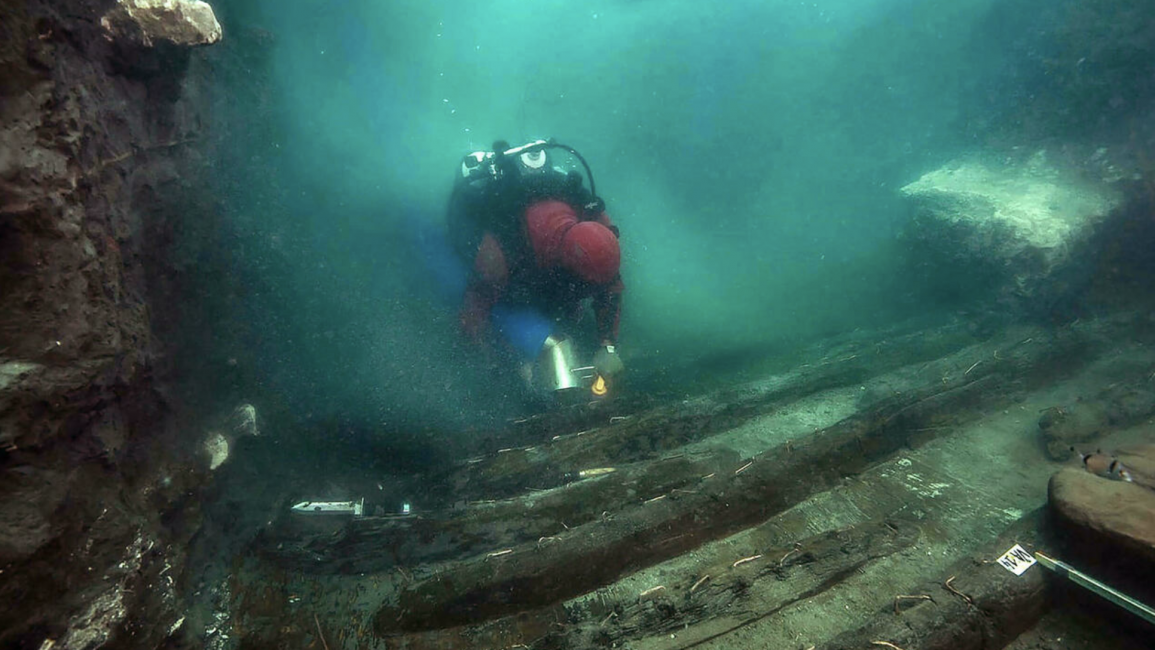Shedding light on the dark side of firm lobbying
News from the Journal of Marketing
Researchers from George Mason University, University of Manitoba, Colorado State University, and Georgetown University published a new paper in the Journal of Marketing that examines an unintended customer consequence of lobbying, decreased customer satisfaction, and also explains marketing-focused efforts that can help prevent it.
The study, forthcoming in the the Journal of Marketing, is titled "Shedding Light on the Dark Side of Firm Lobbying: A Customer Perspective" and is authored by Gautham Vadakkepatt, Sandeep Arora, Kelly Martin, and Neeru Paharia.
Lobbying, or attempts to sway government officials to make decisions beneficial to the lobbying firm, is an important means for businesses to manage their regulatory environment. Lobbying spending has increased by more than 130% since 1998 (Center for Responsive Politics) and many large firms maintain their own government affairs divisions, which retain dozens of lobbyists.
This new study reveals a dark side to lobbying. The research findings emphasize to managers that it is important to consider customer effects (e.g., potential loss of customer focus and reduction in customer satisfaction) of firm lobbying. These effects are surprising given that previous research has shown lobbying to have positive accounting and financial market returns, with some evidence that lobbying returns can be even higher than returns to investment in activities such as R&D. Investors view lobbying as favorable toward market value projections and it can signal critical firm influence when policies that affect them are being debated. Vadakkepatt explains, though, that "These assessments of lobbying's benefits have been conducted absent consideration of the firm's customers. Our findings show this is a significant oversight."
In an investigation of the lobbying effects on customer outcomes, the research team finds that increased lobbying spending leads to decreased customer satisfaction, which in turn reduces the effect of lobbying on firm value. Yet, it is unclear if customers are aware of a firm's specific lobbying efforts. Because of this, as Arora says, "Our team took a close look at what is happening inside the firm that causes increased lobbying spending to reduce customer satisfaction. Our research shows that lobbying leads to a loss of customer focus. That loss of customer focus can reduce customer satisfaction. This is an important finding for firms because it reveals an unintended customer consequence of lobbying."
The study's longitudinal analysis of firms shows that when accounting for customer satisfaction loss, the benefits firms otherwise receive from lobbying can be reduced. So, what, if anything, can firms do to prevent or minimize such losses? Several marketing-focused moderators can shift firm attention back to customers and reduce customer satisfaction losses from lobbying. First, firms with a marketing CEO suffer less customer satisfaction loss from lobbying. A CEO with a marketing background (as opposed to a CEO with some other functional area expertise) understands the need to monitor customer expectations and create customer value and thereby can align firm lobbying efforts with customer priorities. Firm spending on marketing-focused activities such as R&D and advertising also helps reduce customer focus loss. And finally, when firms lobby specifically for product market issues, they experienced reduced customer satisfaction loss. "These mitigating forces reveal that if firms choose to engage in lobbying, those efforts should be either aligned with customer-focused activities or counterbalanced by customer-focused resource allocations," says Martin.
There are public policy implications from these results as well. Paharia says that "Public sentiment suggests a growing distaste for lobbying and close ties between business and government. Our findings suggest that greater limits may be warranted in some areas to promote positive customer outcomes. Although counterintuitive, greater lobbying limits may work to benefit firms by redirecting focus to customers and by improving the quality of the firm's long-term customer outcomes."
Regardless of whether greater limits on lobbying are imposed, the study supports the need for continued disclosure mandates. Due to the Lobbying Disclosure Act, customers, special interest groups, advocates, and researchers can better understand the role of lobbying in modern business practice. Although this reporting necessarily creates a burden for firm compliance, it may have the unexpected benefit of showcasing when firms lobby for product market issues s, which can reduce otherwise negative effects on customer satisfaction.
In summary, lobbying is a source of firm spending that can have a negative connotation, even though finance and economics fields have long demonstrated the positive effects of lobbying for firm performance. This investigation sheds light on a critical dark side and reveals that the firm's focus on customers may be diminished when it also lobbies. Firm focus can be reoriented to customers, but doing so requires intentional, marketing-focused efforts.
###
Full article and author contact information available at: https:/
About the Journal of Marketing
The Journal of Marketing develops and disseminates knowledge about real-world marketing questions useful to scholars, educators, managers, policy makers, consumers, and other societal stakeholders around the world. Published by the American Marketing Association since its founding in 1936, JM has played a significant role in shaping the content and boundaries of the marketing discipline. Christine Moorman (T. Austin Finch, Sr. Professor of Business Administration at the Fuqua School of Business, Duke University) serves as the current Editor in Chief.
About the American Marketing Association (AMA)
As the largest chapter-based marketing association in the world, the AMA is trusted by marketing and sales professionals to help them discover what is coming next in the industry. The AMA has a community of local chapters in more than 70 cities and 350 college campuses throughout North America. The AMA is home to award-winning content, PCM® professional certification, premiere academic journals, and industry-leading training events and conferences.


 © Provided by The Canadian Press
© Provided by The Canadian Press








